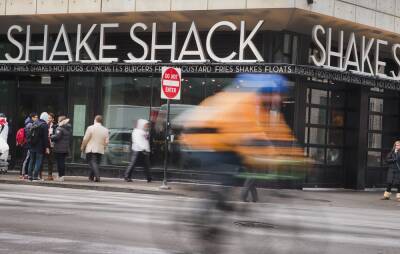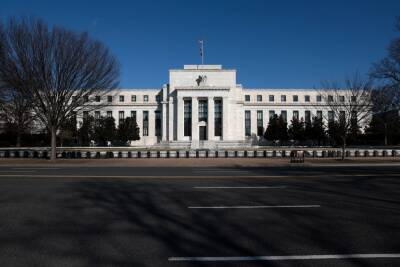Strong Bitcoin and stocks rally position bulls for victory in Friday’s $860M options expiry
Bitcoin (BTC) bulls have good reason to celebrate the 22% gain in the past week. The price is pushing toward $46,000 and to the surprise of many, the $43,000 level held steady despite the volatility caused by the United States inflation data released on Feb.10.
There have been mixed feelings on the macroeconomic side. For example, retail sales in the Eurozone disappointed on Feb. 4 when the figure showed a 2.0% year-on-year growth versus the 5.1% expectation. while the United States nonfarm payroll abruptly showed a 467,000 jobs increase.
Investors are clearly increasingly concerned about corporate earnings despite the stronger than expected China and U.S. economic growth. In the past few weeks some big names took a hit, including Meta (FB), Delivery Hero (DHER-DE), and Paypal (PYPL).
Today’s 7.5% yearly U.S. consumer price index growth will likely reinforce the Federal Reserve’s expectations of at least two interest rate hikes throughout 2022 and not many investors can seek protection in treasuries because the 5-year Treasury yield currently stands at 1.9%.
Considering that the S&P 500 is only 5% shy of its all-time high, Bitcoin’s recent strength should not come as a surprise. Curiously, put (sell) option instruments dominate the Feb. 11 options expiry, but bears were caught by surprise after Bitcoin price stabilized above $43,000 this week.
A broader view using the call-to-put ratio shows a 14% advantage to Bitcoin bears because the $400 million call (buy) instruments have a smaller open interest versus the $460 million put (sell) options. However, the 0.86 call-to-put indicator is deceptive because most bearish bets will become worthless.
For example, if Bitcoin’s price remains above $44,000 at 8:00 am UTC on Feb. 11, only
Read more on cointelegraph.com






















